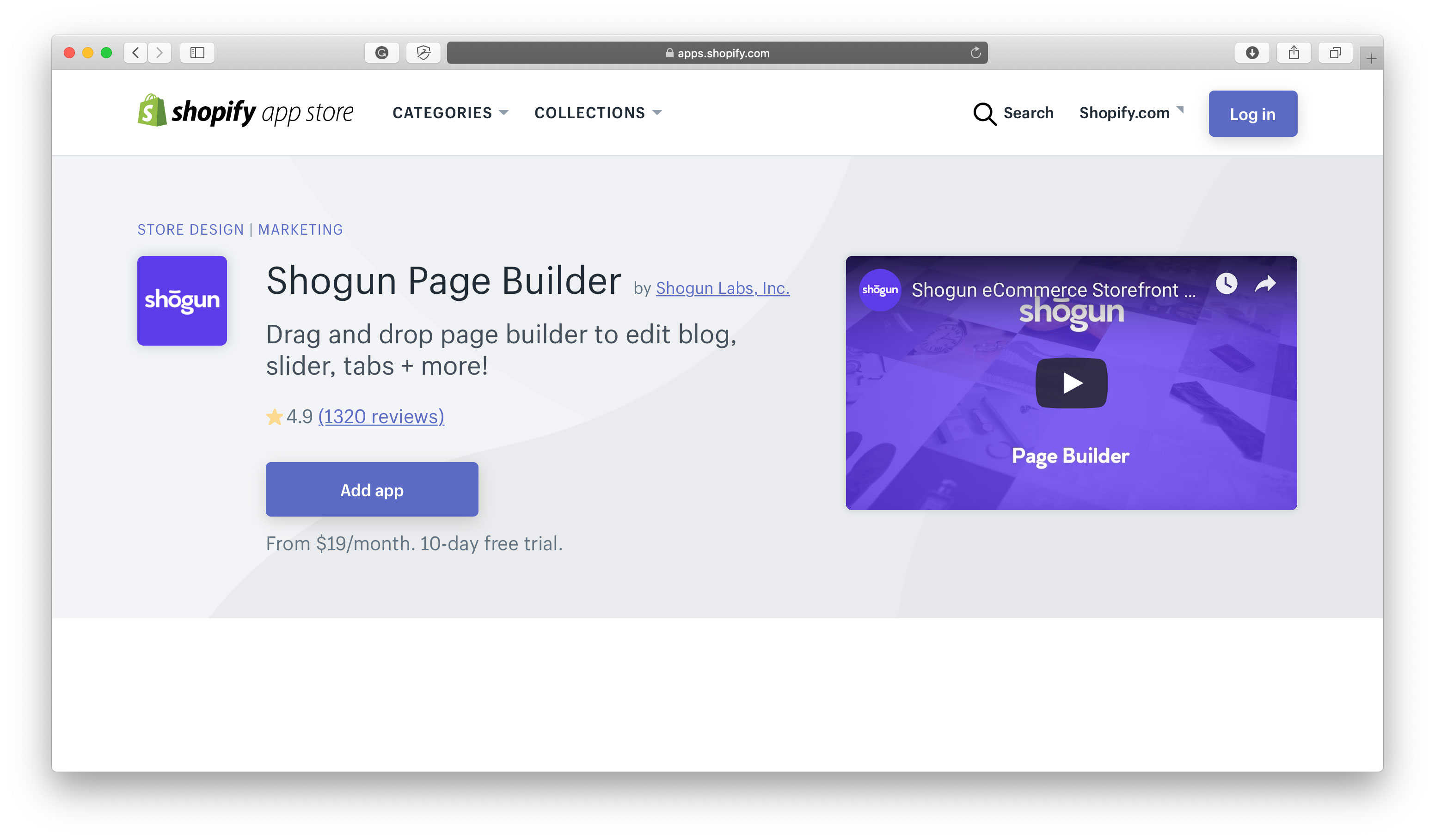
Social Proof for Ecommerce: How to Leverage Social Proof as a Selling Tool
If you’ve ever talked yourself into purchasing something you never thought you’d buy — you’re not alone. Whether you’re part of the 77% of consumers who listen to word-of-mouth recommendations, or one of the blog readers 200% more likely to convert as a result of reading a recommendation from a trusted source, you likely have a lot less direct control over your buying habits than you care to admit. That’s due to a psychological phenomenon known as social proof.
Social proof, famously explored in Robert Cialdini’s marketing book Influence, recognizes that we humans are primarily social animals — and our buying habits reflect that. We’re more likely to trust and value something if we see that other people trust and value it first.
This doesn’t just ring true in the modern age, either. In the 1760s, a British entrepreneur had the opportunity to craft a tea set for Queen Charlotte. Josiah Wedgwood dubbed it “Queensware,” and this celebrity connection/endorsement led to mass sales.
Today, social proof is an even more potent tool for the digital age seller. The question is: How can ecommerce sites leverage social proof within their own selling efforts?
Social Proof & Ecommerce: Teaching Old Tricks to New Dogs
The sheer amount of ecommerce plugins, platforms, and tools may tempt you to believe that you need an entirely different playbook from the 1760s. Don’t believe it. The fundamental aspects of human psychology still matter. The underlying principles remain the same.
Just take a peek at the numbers that illustrate this:
- People turn to online reviews for their social cues more than ever, with 85% of customers trusting them as much as personal recommendations.
- Compared to branded content, 92% of consumers will trust recommendations online, even from people they don’t know.
- 49% of customers say they would need to see a positive online review before working with a company.
- Every one-star improvement in Yelp rating “tends to lead to an increase of 5-9% in revenue.”
Social proof has never been more relevant than it is in the age of social media. But since not everyone has access to a celebrity like Queen Charlotte, how can digital brands utilize these principles to drive success in ecommerce?
Types of Ecommerce Social Proof
Here are the areas in which you’ll see the principles of social proof most often applied in ecommerce.
Product-Specific Reviews & Ratings
Star ratings, thumbs up/thumbs down, text summaries — each variable is a clue that answers one central question already in the customer’s mind: What do other people think about this purchase?
You’ll be more effective when you employ the Wisdom of the Crowd. The statistics bear this out: Conducting their own CTR (click-through rate) study, BrightLocal found that a boost from a three-star rating to a five-star rating yielded 25% more clicks from Google Local Pack.
Testimonials
Reading other users’ general feedback on a product or experience doesn’t always convey authority, but it can weigh heavily on the customer’s mind. In fact, one report found customer testimonials to be among the most powerful content you can have on your website, with a content marketing effectiveness rating of 89%.
If you include outside customer testimonials, you can get away with saying almost anything. Here’s how BuzzSumo incorporates their customers on their website:
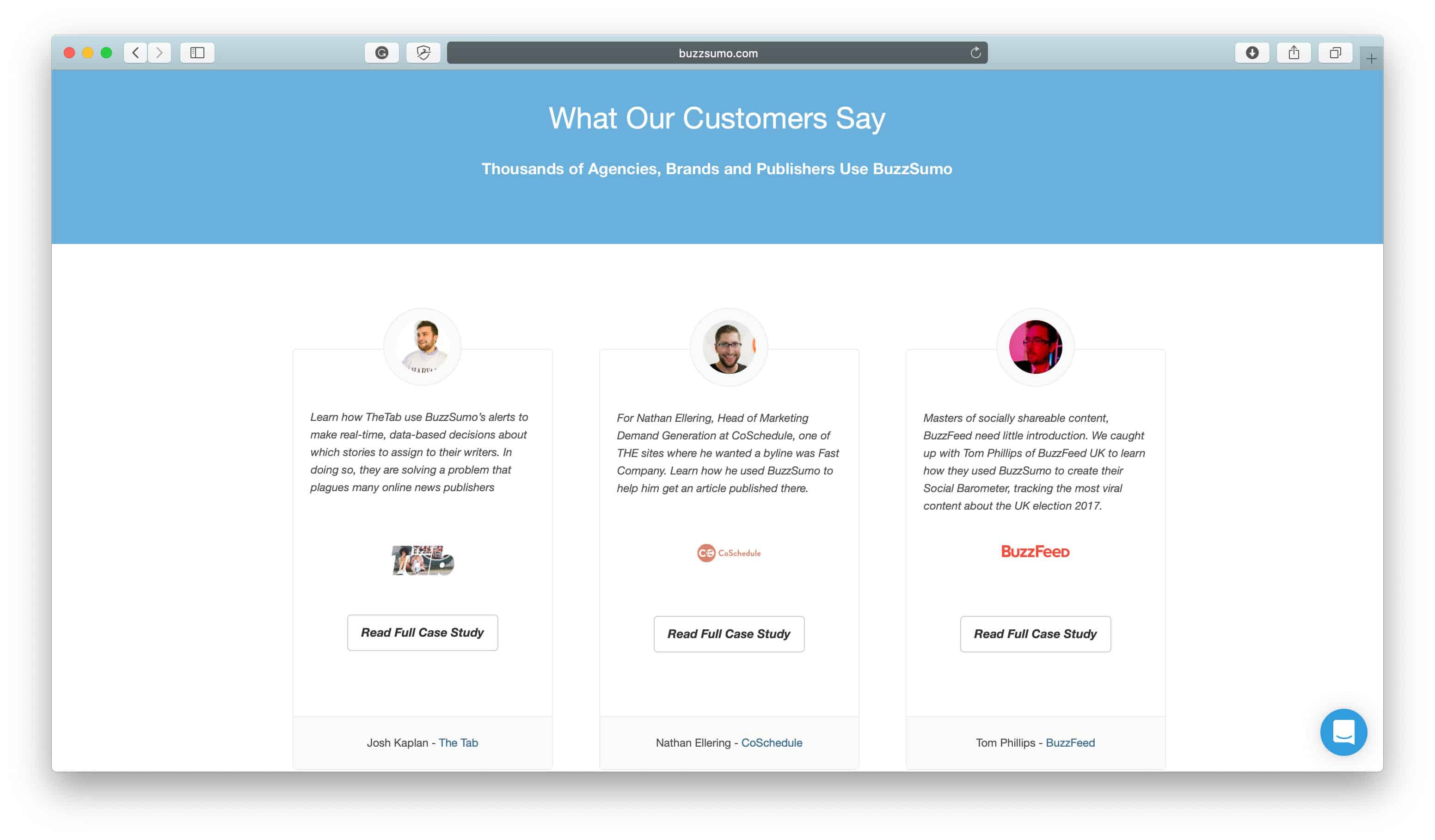
Why are testimonials so powerful? They’re essentially social proof in action, demonstrating that not only have other people already tried the product or service you’re about to purchase, but they’ve found it effective. This conveys more trust and authority than even the most persuasive sales letters or headlines.
Photos & Videos
In ecommerce, seeing is believing. One survey found that customers who watched a video of a product were 73% more likely to make the purchase; the same survey showed that a whopping 96% of people found such videos at least helpful. Another review found that testimonials with photos tended to perform among the best.
If a photograph is worth a thousand words, consider how much more powerful it is to see a product in action before you make the purchase. This digitization of the physical store experience helps convey social proof, especially when another customer or reviewer is demonstrating the power of the product through video.
Celebrity Endorsement
Ever wonder why it’s so important to Gatorade that Peyton Manning is seen drinking their product? Why it is that so many people cared what tea sets Queen Charlotte used?
It’s important that celebrity endorsements be appropriate to the audience. Consider when Under Armour added Olympic athlete Michael Phelps to its endorsement list:
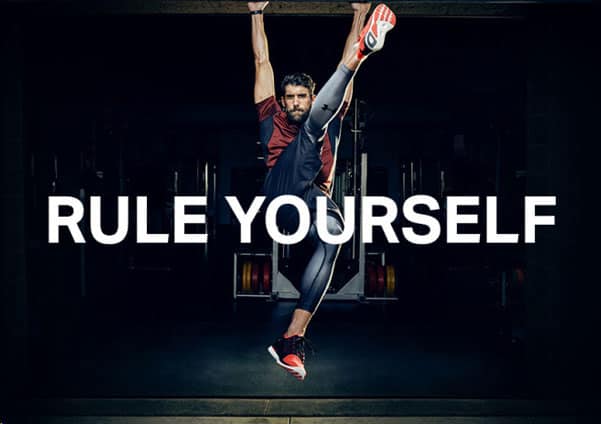
A video campaign (which AdWeek called the ad of the year) further strengthened the emotional link between Phelps’ performance and Under Armour apparel. Does it matter that Under Armour had nothing to do with Phelps being a great swimmer? No. A celebrity using a product means instant trust and authority by association. We feel we know celebrities; seeing them use a product is the emotional equivalent of seeing a friend use them.
Does it work? The effect is so powerful that a study in Taiwan featured at the Journal of International Management Studies showed a demonstrable link between celebrity endorsements and the perceived value of a product.
Social Posts
Why does AdWeek calculate singer Selena Gomez’s social posts at a value of $550,000 each? For starters, Gomez has a huge following across the various social media platforms that today’s youth enjoys. But the reason for the figure goes deeper than the celebrity endorsement effect.
Every time a brand like Pantene or Coca-Cola associates itself with key influencers on social posts, they encourage likes, shares, and the subtle branding effects that surface their products in popular culture.
Other types of influential social posts include positive product reviews shared on social media. Even without the presence of a powerhouse celebrity, a positive product review shared online can garner positive attention and inherent social proof that makes otherwise unconvinced customers more likely to buy.
Why Social Proof Matters in the Ecommerce Environment
Our online lives are so entangled with the social aspect of the digital experience that you might argue that social proof is even more important online.
You’d be surprised at how social the ecommerce environment can be. Today’s social media and quick-button research makes it more convenient to consult with others before making a purchasing decision. And many people do just that.
- According to a 2017 survey, the impact of social proof is even greater for the younger demographic, as 91% of customers from 18-34 trust online reviews as much as personal reviews.
- Almost 70% of online customers look at product reviews before they purchase, and there’s data that suggests that as many as 88% of customers research their purchases online before buying.
The end result isn’t that we’re less social when it comes to purchasing. Instead, we hold products to a higher standard of social proof than ever before, making sure that before we purchase a product that it holds up to the wisdom of the crowd.
There’s no replacing the tactile experience around buying a product in-person. Anyone who’s ever purchased a toy with a “Try me!” button knows just how impactful the retail experience can be.
But when it comes to physical goods, buyers don’t necessarily have to replace the in-person experience so much as simulate it. They move on to the next best thing: The experience of someone who’s already tried it in person.
That’s where social proof comes in handy.
For example, think about how videos can add context to the online shopping experience. When you see a product in-use by a trusted source, it’s almost like they’re re-creating that in-person experience for you.
And there’s no shortage of content, either. From unboxing videos, to “haul” videos, to video reviews, by 2015, there was already enough unboxing content on YouTube that it could fill six and a half straight years of watching.
The next question, then, is: How do you implement these concepts and make them work for your own ecommerce brand?
Where Social Proof Can Be Leveraged to Drive Sales
Wondering where specifically social proof can be leveraged to drive sales and ecommerce success? Glad you asked.
Product Pages
Some marketers might prefer to think of the product page as the final link in the chain that results in a purchase. But in reality, that’s only true if the product page is optimized and does the selling part well. To improve your product pages, consider adding:
- Visuals: Always include a curated selection of high-quality photos and videos of the product — especially if the images or videos feature a personal touch that will resonate with the target demographic. You might also consider using social proof notifications (like a pop-up that indicates how many shoppers also have an item in their carts at the time) to simulate the feeling of a busy store.
- Reviews & Numbers of Reviews: As you’ll see in a few examples later on, it’s not just the quality of reviews that matters — it’s also the quantity. For example: You might use a collection of reviews to illustrate just how many people have purchased your product.
- Tags: Tags make it easier for customers to spot top-performing products within a collection. Booking.com includes a “Best Seller” tag for the feature in the top spot. In only two words, that tag has all sorts of implications when it comes to popularity, quality, and the social proof of a particular listing.
Email Promotions
When it comes to email, a great place to start with social proof is by using it to work on reducing cart abandonment. Since you already know the customer was interested in specific products, why wouldn’t you follow up with them and say, “Hey, remember when you almost bought from us? You can still do that.”
But not all forms of email social proof have to be so direct. You’ll find social proof woven into email marketing DNA, like we see in this example from a Ramsey Solutions email that utilized customer testimonials to demonstrate social proof:

But emails don’t have to show you testimonials to create a sense of the “Wisdom of the Crowd.” Check out this email from inVision:

On the surface, “You just joined a design community 5 million strong” might not seem like an impetus to click on the call-to-action button (“Jump In and Get Started”) but through the filter of social proof, there’s something more compelling about “jumping in” with a community already that large.
Social Sharing
Perhaps the best place to implement social proof into your ecommerce marketing is via social media. Here are some simple ideas and best practices for leveraging social proof through this medium:
- Don’t Include Statistics Unless You Have Statistics to Show Off: “Tweets: 0” doesn’t get social proof working in your favor.
- Make the Social Sharing Options as Visual as Possible: For example, Facebook-friendly plugins that demonstrate that there are real people out there who are members of your community adds a trust-building element.
- Keep it Simple: It’s tempting to include 50 social sharing buttons on a given product so that you can facilitate anyone who wants to share on any platform, but this can have the adverse effect of forcing yet another decision on your customer. Don’t invite decision fatigue and keep your focus on the most-used platforms.
Blog Posts
Most readers will likely find that they don’t need social proof to tell when a blog post has added some value to their lives. However, you’d be surprised at how much influence social cues can have on the perceived value of the content a post contains. These cues usually come in the following forms:
- Share Statistics: How many people have liked this post on social media?
- Quotes & Interviews: Within the content of a post, a quote or interview with a celebrity, influencer, or expert can add credibility to each point.
- User-Generated Content: Be honest: how often do you skip straight to the comments of a post to see if anyone is busy debunking the claims made in the content? User-generated content that “vets” the content in a post can be just as valuable to readers as the post itself.
User-generated content can even expand on the information in the post itself, adding further value to the page.
In a recent post at the blog of Dr. Peter Attia, a user named “fullyfledgedPhuD” added their own exercise tips:

A thriving community like Attia’s can foster additional value for readers, while the comments themselves serve as “social proof” that the content was worthwhile.
PPC Ads
Buying your way to the top of Google doesn’t exempt you from the laws of social proof. Consider this recent search for “purses.”

Before Michael Kors even has a chance to describe what’s happening on that page, the product rating informs the user what everyone else is saying about the product. Later on, you’ll see the lengths to which some companies go to protect their customer ratings online.
Google made it possible to employ ad extensions to highlight your best possible social ratings, but the search engine did away with these in 2018.
Even if you understand these cues, how can you incorporate them into your own platform? By looking at companies already incorporating social proof into their business.
Examples of Social Proof at Work
Now that you know where social proof can be put to good use, you might be wondering: What does it look like when real ecommerce sites deploy social proof?
Here are some examples of social cues in action.
Groupon & ProFlowers
Let’s start with an example from Groupon and ProFlowers, as it’s an interesting demonstration of social proof at work. Why? Because it continues to make massive amounts of sales despite a mere 3.9/5 rating.
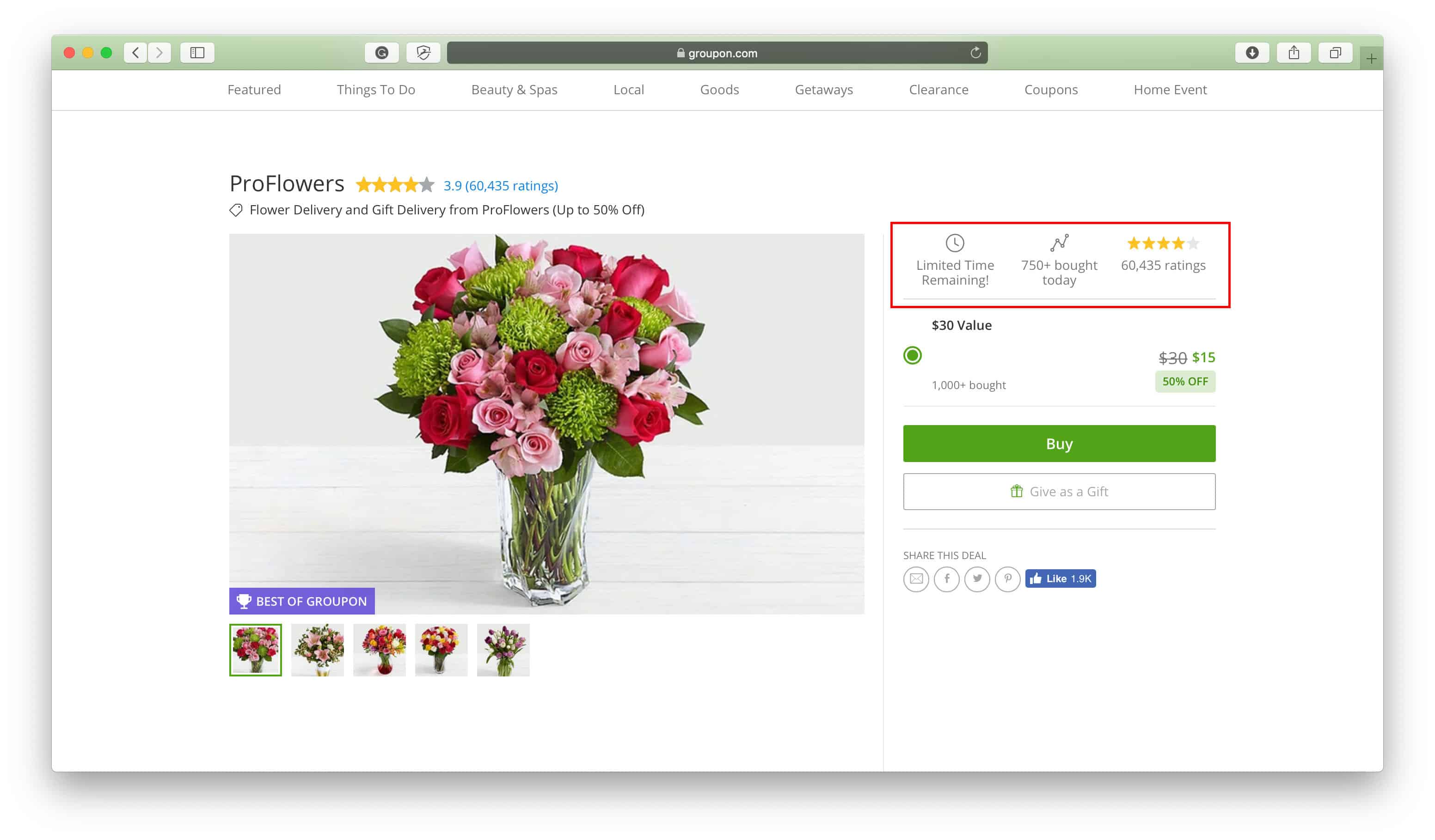
Notice anything in particular? Zone in on the red rectangle: There are a few examples of social proof going here. “700+ bought today” suggests both wisdom of the crowd as well as limited supply. It screams, “You’d better snag up this offer before someone else does!”
The user-generated rating system is nice, too, but you’ll notice another key element: Groupon lists 59,140 ratings. This is a subtle (yet honest) way of demonstrating just how many people have made this purchase before you. If that amount of people already bought these flowers, why shouldn’t you?
Booking.com
Type in “New York City” at Booking.com and you’ll notice an entry that looks like this:

On the surface, most of the information here is by-the-numbers. Location rating, location, and the like. But a deeper reading will reveal more cues of social proof:
- A “Best seller” notification enhances social proof for the listing in the highest spot
- The “In high demand!” tag demonstrates social proof with an exact listing for the bookings in the previous 24 hours
- The rating system on the upper right also displays how many total reviews garnered that score, demonstrating how many people are booking this listing
These cues are subtle on first glance, but they can have a dramatic impact on the perceived value of anything you’re selling.
Zappos & the Perfect Fit
Not all social cues are about the popularity of a given item. Consider the case of Zappos, where the company does its best to simulate a real-life shoe-shopping experience:
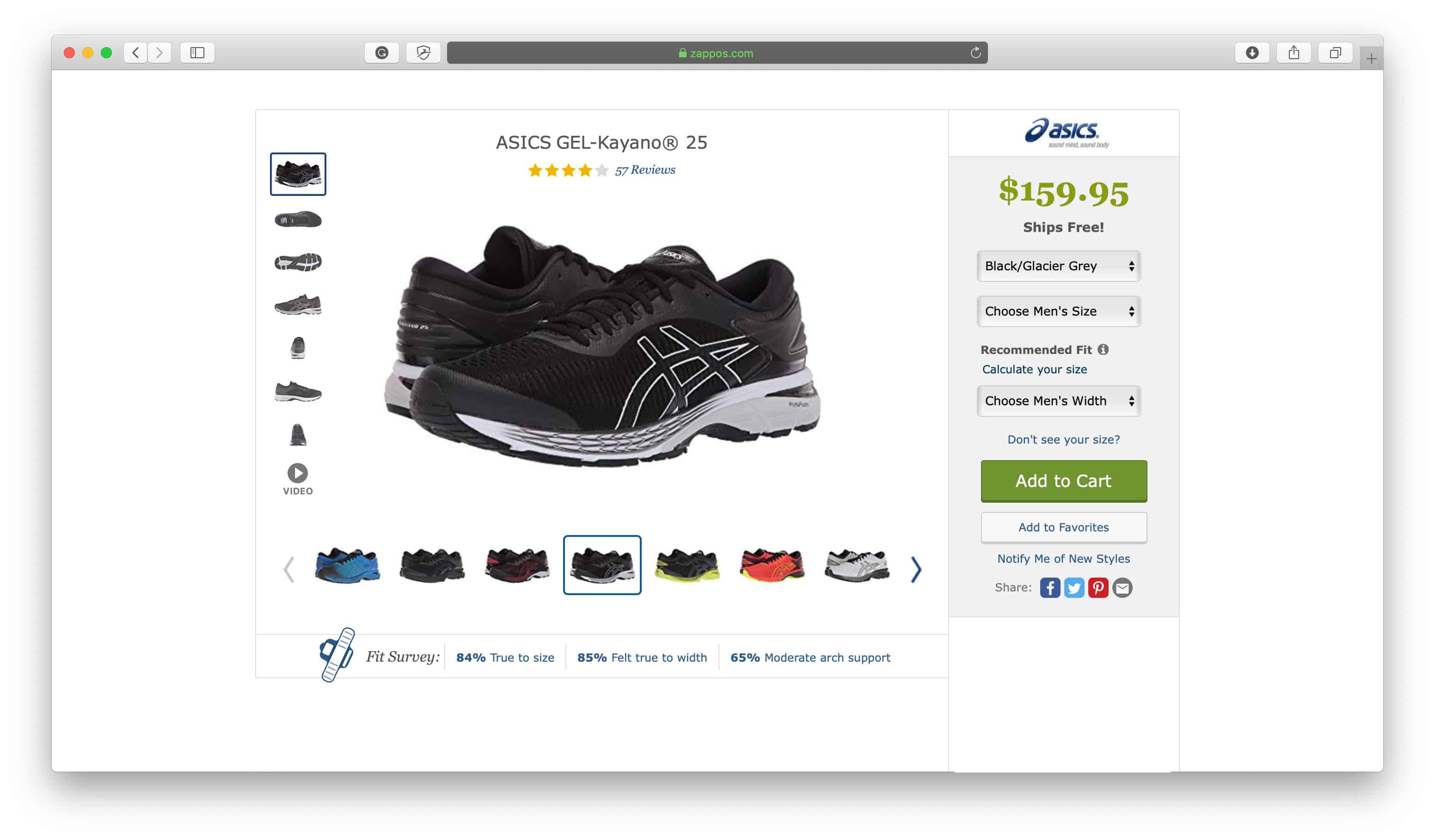
The “Fit Survey” contains information vital to the buyer: The size, the width, the arch support. On the surface, the fit of the shoe, seemingly, is all that matters here but social proof is still implicit in this information. After all, how else could Zappos come up with a number like “63% Moderate arch support” without a wide sample of customers who’ve shared this information?
The feedback is both valuable for the buyer and an intrinsic demonstration that these shoes must be at least somewhat popular.
Shogun & 1,000+ Positive Reviews
How do you get the wisdom of crowd effect working in your favor? Simple: In the case of ecommerce app Shogun, you make sure you have over 1,000 positive reviews for your product. Shogun achieved its high rating on the Shopify app store with a near-obsessive emphasis on online reputation.
How’d they do it? They made it their policy to:
- Follow up with every single negative review they received, including hearing out a customer’s complaint and sending follow-up emails and phone calls
- Making customer service a huge priority and being ultra-responsive to customer issues
- Asking for reviews only from customers who have already been using Shogun for some time, decreasing the number of low-quality reviews from users that haven’t used the product enough to make a decision
There’s nothing underhanded about these tactics. Shogun simply made its Shopify app store reviews a high priority because they understand the power of reputation as it relates to social proof. The results speak for themselves:
When your rating is that positive, customers know they’re buying something good.
Leverage Social Proof & Show You’re In-Demand
What’s the main thing we can take away from this conversation around using social proof in the ecommerce setting?
There’s power in the crowd.
Let’s end on another note from psychologist Robert Cialdini. In his book Influence, he mentions a study in which a man stood on a New York City sidewalk, randomly looking up at the sky. By himself, the man only made 4% of passersby look up, too. But when there were five people looking up to the sky, that rate shot up to 18%. With 15, the number skyrocketed to 40%.
The same thing happens when you leverage social proof online. With an ever-increasing arsenal of user reviews and a powerful online reputation to demonstrate your value, your marketing efforts and your social media strategy will fall into place.
Even if you’re confident in the quality of your products and know you have top-notch service, it doesn’t matter until you can convince other people the same. In the end, your ability to show quality boils down to one question: How can you prove it?

